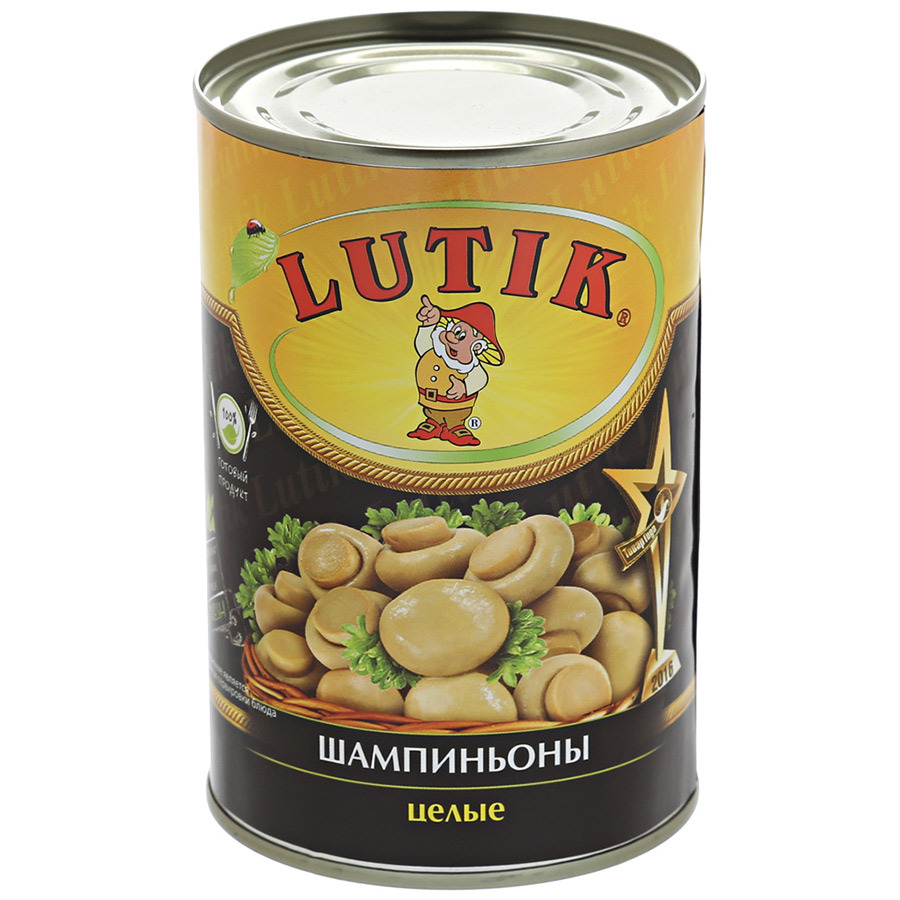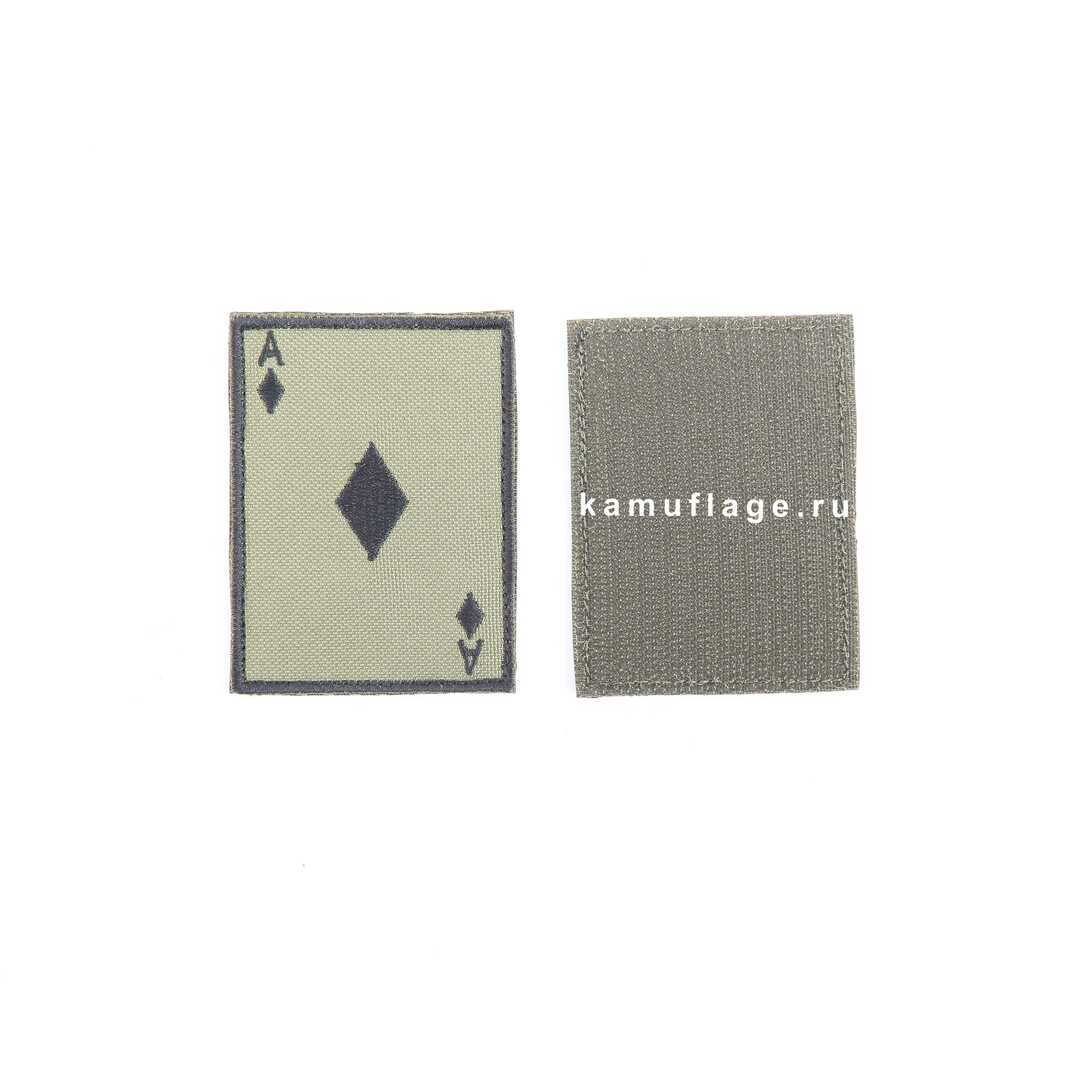Blender and mixer are two highly sought after household appliances. What is more useful in the kitchen is a difficult question. It is difficult to compare them, because they are created for different purposes and in very rare cases are interchangeable. But you can give priority to one of them: it depends on what dishes you are going to cook most often.

What is the difference between a blender and a mixer?
Imagine for a second that you need to make a dough for pancakes for about 100 years ago. You would take a fork and mix the ingredients with it. Do you already feel how your hand stiffened after a few minutes of whipping? The mixer was created, just to facilitate and accelerate the mixing process and prevent your arm from getting tired. What if you need to whip the protein? The speed that you need to work with a fork, and the time it takes to do this, is frightening. And the essence here is not so much in mixing, as in the saturation of the mixture with air. For whipping, the mixer is irreplaceable.
And now another situation: you make sauce from sour cream, greens, cheese and nuts. First you have to cut the greens very finely with a knife. Then you rub the cheese on a fine grater. Grind nuts in general, except as a hammer or a meat grinder, will not work. As a result - a mountain of dishes, an hour of spent time, a tired hand and not the most homogeneous sauce. And after all, a grater, a knife, and a meat grinder could replace a blender. When mixed with sour cream, it would replace a fork or spoon. And all this in the same capacity and for one approach!
In the dough for pancakes, there is nothing to grind with a knife or grater, and it would be unreal to make such a sauce with a single fork. It turns out that the blender's functionality is wider than that of the mixer, but in some cases it can not replace the mixer.
Let us summarize the difference between these devices.
Mixer:
- mixes and whips;
- is used with liquid or semi-liquid substances;
- does not know how to grind.
Blender:
- grinds and mixes;
- can be used with both liquid and solid and even very solid products;
- whitens.
Tip
To prevent the mixture from splashing when working with a submerged blender and mixer, fill the tank only by 50-60%.

What should I choose?
Mixer and blender have more differences than common features, and even they look quite unlike. Of course, both would be useful in the kitchen, but if you can buy only one device, you will have to think about what is best in your case.
The easiest way to do this is by analyzing the dishes that are most often prepared with the help of these devices. But here it is necessary to make one clarification: blenders are submersible and stationary, and they, despite the same principle of work, will not always be interchangeable.
- Soup-puree
The mixer is useless in this case: we already said that he does not know how to grind. With an ordinary blender, you are suffering, preparing, say, 3 liters of soup, because such large containers in household blenders do not happen. Have to crush it in parts!
- Mashed potatoes
With plain mashed potatoes everything is somewhat more complicated: the blender will help to grind potatoes without leaving a single lump in it, but, as practice shows, it takes more time with a submerged blender than hand kneading, and the result is not that amazing. In addition, you quickly get tired, and the machine can overheat! Even if the potatoes are soft and well boiled: it is nevertheless created to work with substances of lower resistance.
Stationary blender, of course, will cope with the task, but how to use the mixer? It can only be used when the potato is chopped by hand or in a blender to give it airiness!
- Omelet
As the ingredients for the omelette are liquid, you can cope with its mixing with both a blender and a mixer. The difference is that an omelet cooked with a mixer will be airy, as the products will not just be stirred, but also whipped.
- Liquid Dough
Here the same rule applies as with the omelette: both devices will cope with the task, just the mixer will make the dough more airy and lush.
- Steep dough
But with a tight test the blender is useless. True, many of the mixers with a dough-nozzle refuse, remembering grandmother's methods and preferring their hands.
- Milk cocktail
In general, a mixer for cocktails with milk and ice cream is preferable: it makes them airy and frothy. But what if you decide to add a banana instead of flavor syrup? In this case, the mixer can not cope, and the liquid part must be mixed with a solid blender. If you still want to achieve a gentle texture, then you can whip the ground mixture with a whisk.
By the way
In the case of cocktails, it is very convenient to use a submerged blender with an additional halving nozzle, working in two steps: grinding and mixing until a uniform consistency, and then whipping.

- Smoothies
The mixer just breaks if you try to chop the ice. Moreover, not every blender can do this without overheating. So lovers of smoothies should choose a blender more!
- Mousse, Protein, Cream
All that need to be beaten in a foam, it is better to beat with a mixer. It is in the pastry shops without it, well, just nowhere. However, if you are not a very sophisticated culinary expert, a conventional blender can, in some situations, whip the mixture sufficiently to make it not very airy and magnificent, but still mousse. But with the proteins to the peaks and cream, only the mixer will help.
- Cream
With creams an unambiguous answer is difficult to give: there are so many different recipes! But what device will brilliantly cope with their preparation - a blender or a mixer? We advise you to follow such a rule: if the cream is airy and tender, and all the ingredients for it are liquid or soft, choose a mixer, if the recipe contains solid ingredients, but the cream should be dense - choose a blender. Here it all depends on the sauce. If it is a mixture of liquid and soft ingredients like sour cream, ketchup, butter or cottage cheese, then the mixer will do. But still it is more convenient to use a blender: so you can add more and hard ingredients.

It turns out that most household culinary tasks will help to lighten the blender, and for fans of soups-puree - it is immersive. The mixer, especially when there is a nozzle-corolla in the blender, is needed only for advanced confectioners, who are very sensitive to the quality of whipping.


